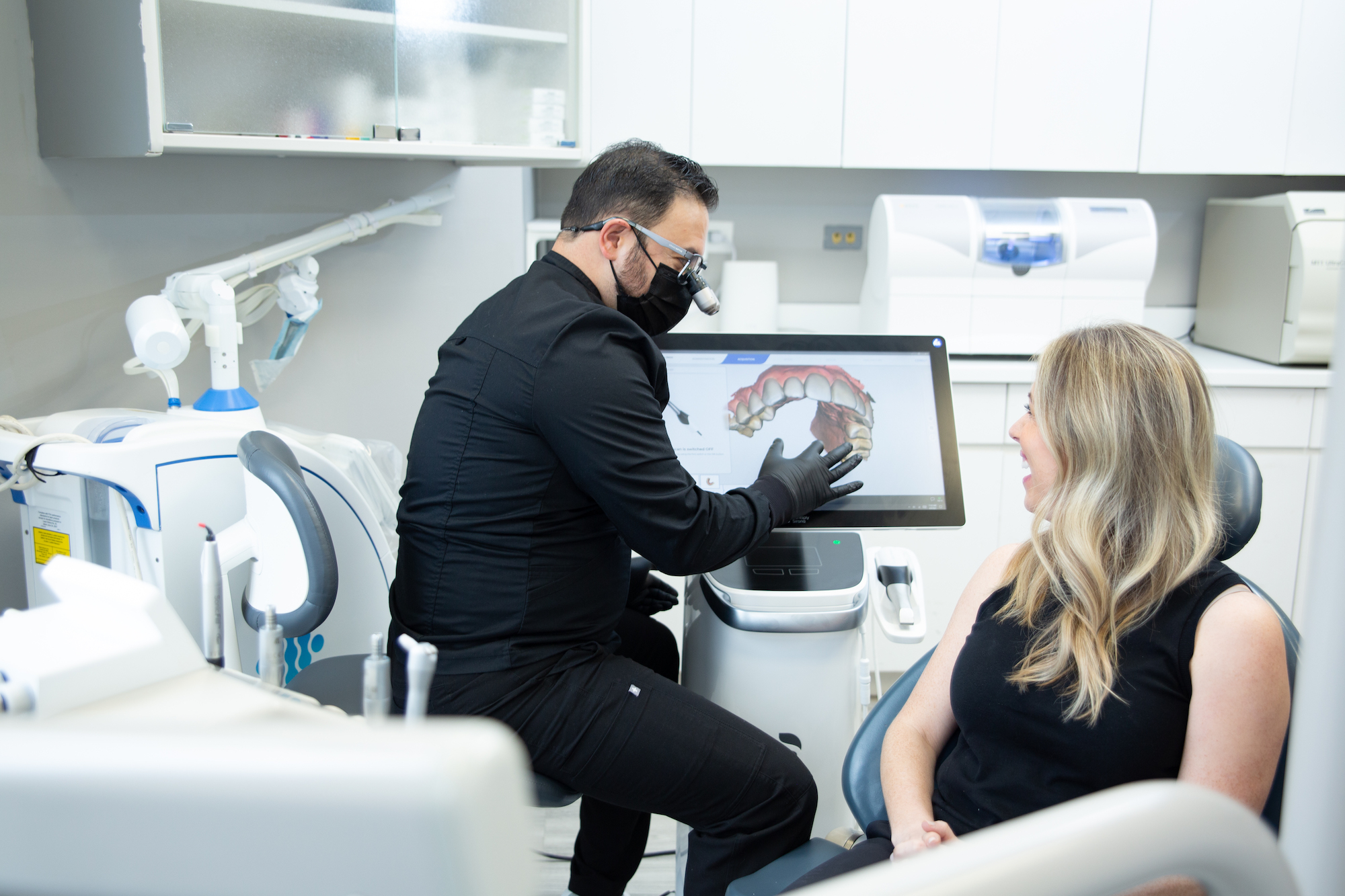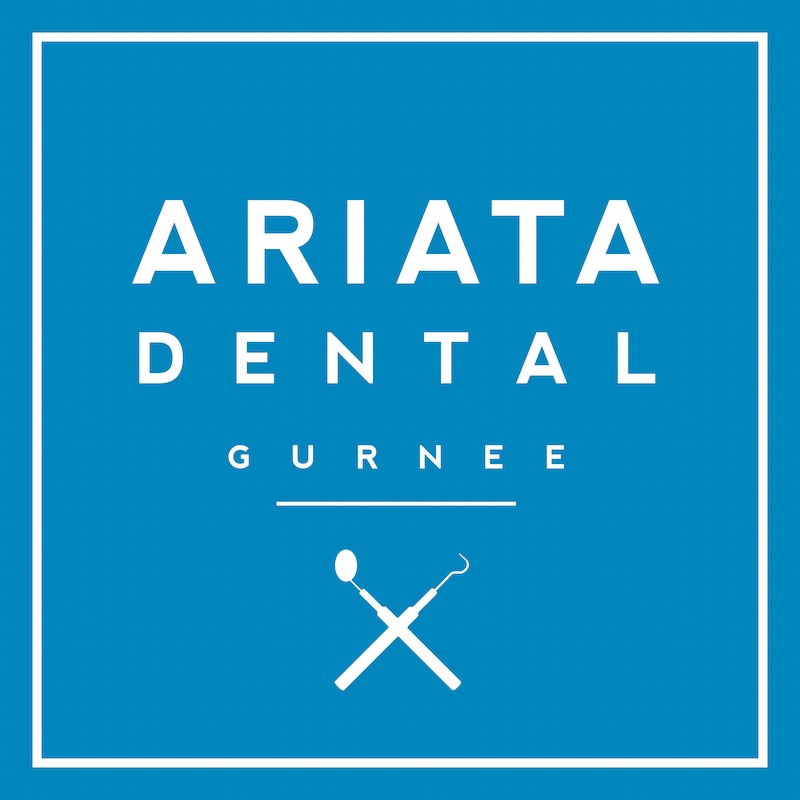Changing Lives With a Smile
Oral surgery at Ariata Dental inGurnee can correct a wide range of diseases, injuries, and defects in your head, neck, jaws, and the area in and around your mouth.
Who Performs
Oral Surgery?
Oral surgeons are the only dental specialists who, after completing dental school, complete a four-year surgical residency program.
They train alongside medical residents in internal medicine, general surgery, and anesthesiology and also spend time in otolaryngology (ear, nose and throat), plastic surgery, emergency medicine and other specialty areas.

Conditions & Treatments
Your oral surgeon has many years of education and hands-on training and can treat a wide variety of conditions.
Corrective Jaw Surgery
Corrective jaw surgery repositions your upper jaw, lower jaw, and/or chin to correct minor and major skeletal and dental irregularities. This includes misaligned jaws and teeth, which can improve chewing, speaking, and breathing.
If you have trouble chewing or biting food, excessive wear on your teeth, a receding chin, a protruding jaw, or sleep apnea, you may need corrective jaw surgery.
Wisdom Teeth
Wisdom teeth are the last set of teeth to develop. Sometimes they emerge from your gum line, and your jaw is large enough to allow room for them. But more often than not, they fail to develop correctly and become impacted. When a wisdom tooth is impacted, it may need to be removed.
Wisdom teeth that have erupted incorrectly tend to be difficult to clean and are more likely to decay, get infected, or contribute to gum disease.
The American Association of Oral and Maxillofacial Surgeons strongly recommends that wisdom teeth be removed by the time the patient is a young adult to prevent future problems and to ensure optimal healing.
Oral Cancer
Oral and maxillofacial surgeons recommend that everyone perform an oral cancer self-exam each month.
If you notice white or red patches, an abnormal lump, chronic sore throat or hoarseness or difficulty chewing or swallowing, you should contact your oral and maxillofacial surgeon. They’ll remove a section of tissue to perform a biopsy and accurately diagnose the problem.
Implants
Dental implants are long-term replacements for missing teeth that your oral surgeon places in the jawbone.
They’re made of titanium and fuse with the jawbone. Dental implants never slip and never decay. Because dental implants fuse with your jawbone, you generally don’t need to worry about bone loss.
Facial Trauma
Facial injuries and trauma refer to any injury to the mouth, face, and jaw. One of the most common types of serious injury is broken bones. Fractures can involve the lower jaw, upper jaw, palate, cheekbones, eye sockets, or some combination of these.
These injuries can affect sight, breathing, speaking, and swallowing. Because these are such important functions, having an expert oral surgeon is incredibly important.
Avoiding injury is always best, so it is extremely important to use seat belts, protective mouth guards and appropriate masks and helmets for everyone who participates in athletic pursuits at any level.
Temporomandibular TMJ Joint Surgery
The temporomandibular joint (TMJ) is a small joint located in front of the ear where the skull and lower jaw meet and allows the lower jaw to move and function.
If you have jaw pain, earaches, headaches, a limited ability to open or close your mouth, clicking or grating sounds, you may have Temporomandibular Disorder (TMD).
TMJ treatment may range from conservative dental and medical care to complex surgery. If non-surgical treatment is unsuccessful or if there is clear joint damage, surgery may be needed. This can involve either arthroscopy or repair of damaged tissue by a direct surgical approach.
Outpatient Anesthesia
Oral surgeons can provide safe, effective outpatient anesthesia including local anesthesiology nitrous oxide, IV sedation and general anesthesia.
During their surgical residency, oral surgeries must complete a rotation on the medical anesthesiology service where they learn to anesthesia, deliver the anesthetic, and monitoring post-anesthetic patients.
